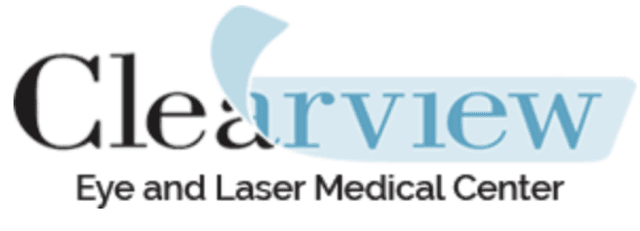
A diopter (D) is the unit used to measure the optical power of a lens. It indicates the lens's ability to focus light and correct vision. A positive diopter value corrects farsightedness (hyperopia), while a negative value corrects nearsightedness (myopia). Higher diopter values indicate stronger prescriptions. Eye doctors use diopters to determine the right lenses for glasses or contacts.
Diopters measure lens power for vision correction. Negative diopters (-) correct nearsightedness (myopia), helping distant objects appear clearer. Positive diopters (+) correct farsightedness (hyperopia), improving close-up vision. The higher the number, the stronger the prescription. Diopters are essential for determining eyeglass and contact lens strength.
Refractive errors occur when the eye’s shape prevents light from focusing correctly on the retina, requiring diopter correction. Causes include an irregular corneal shape (astigmatism), elongated or shortened eyeball (myopia or hyperopia), and age-related lens changes (presbyopia). These issues lead to blurry vision, which glasses, contact lenses, or surgery can correct.
Symptoms of refractive errors include blurred vision, eye strain, headaches, double vision, and difficulty seeing at night. People may experience squinting or trouble focusing on objects at various distances. Common types include myopia, hyperopia, astigmatism, and presbyopia, each affecting vision differently. Regular eye exams help diagnose and correct refractive errors with glasses, contact lenses, or surgery.
Diopters measure the corrective power of lenses used to treat refractive errors like nearsightedness, farsightedness, and astigmatism. Treatment options include eyeglasses, contact lenses, and refractive surgeries like LASIK or PRK. Prescription strength is based on diopter values, with higher numbers indicating stronger correction. Custom lenses and advanced surgical techniques help achieve clearer vision.

Call Us: (858) 452-3937
8:30AM - 7:00 PM - Monday through Saturday (Saturday until 11:30AM)